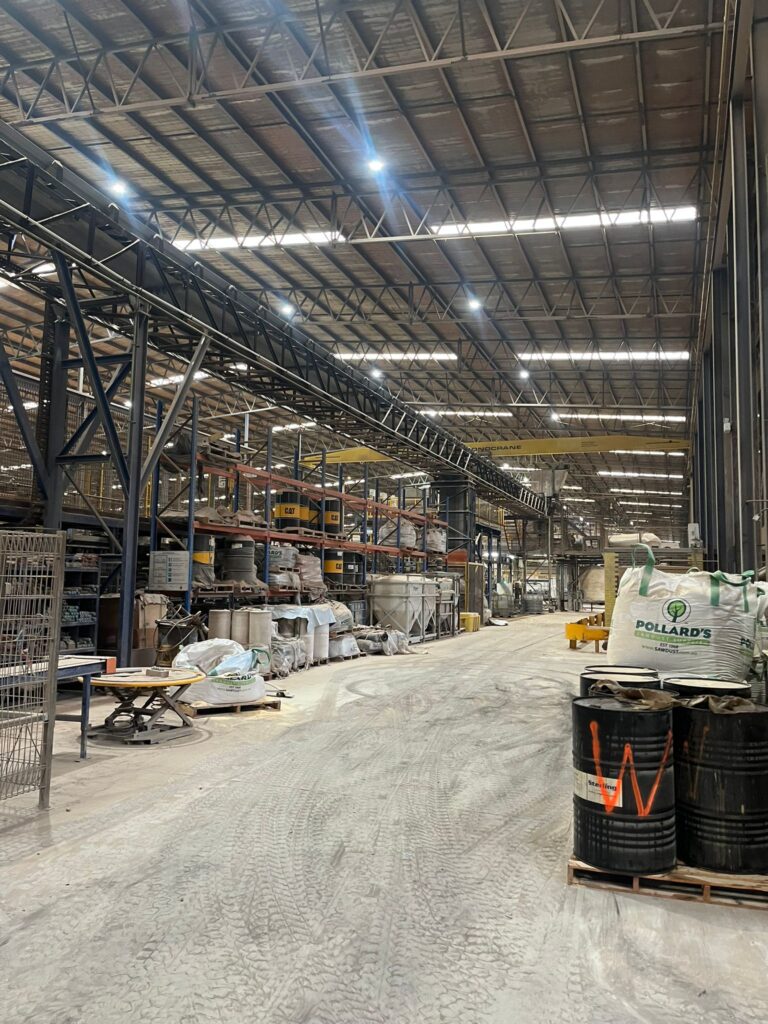Hurricanes and floods can be planned for. Oil spills can be guarded against. Even the lure of swapping horse meat for beef can be anticipated. But what do you do about known unknowns in your supply chain?
Until the Dutch explorer Willem de Vlamingh discovered black swans in Western Australia in 1697, it was presumed such things did not exist. ‘As rare as a black swan’ was used in ancient Rome much as we might say ‘and pigs might fly’. The term was repopularised by Nassim Nicholas Taleb in his 2007 bestseller The Black Swan, which dwelt on highly improbable events.
Who, for example, could have predicted that when Tunisian street trader Mohamed Bouazizi decided to set himself on fire in December 2010, it would touch off a wave of discontent that toppled governments and threw North Africa and the Middle East into chaos (see pic above)?
Bouazizi was driven to his desperate act after his scales were confiscated, preventing him from selling, and the local governor refused to see him. The repercussions of such petty behaviour by officials could hardly be foreseen – so it truly was a black swan event – but they still reverberate around the region today.
For supply chain managers, the threat of a black swan event is ever-present. But how can they prepare for them? It’s not easy, but there is growing pressure to ensure risks are minimised by having clear visibility around first-tier suppliers – and those further down the chain. The need has grown more acute since the introduction of the Modern Slavery Act, the conflict minerals requirements in the US Dodd-Frank Act, the Foreign Corrupt Practices Act and the UK’s Bribery Act.
Effective mapping
James Palmer, director of strategy at compliance, risk and performance managers Achilles, says there are three main stages to mapping a supply chain effectively: acquiring visibility of who is in it, ensuring compliance to the required standards, and identifying any potential risks that need to be addressed.
‘A brand owner, or service provider working on their behalf, would contact main suppliers to determine what goes into the items they supply and who supplies those, and suppliers must confirm via a technology tool that they do in fact supply those,’ James says. ‘The process must be continued through all tiers in order to find out who supplies who until they reach grassroots, where a supplier sources raw ingredients or materials.’
Once this has been completed, he says, particular risks can be identified. These are likely to fall into the categories of compliance, supply disruption and reputation.
It is vital to ensure that suppliers understand the objectives, so they can buy into the process and willingly share information about their own supply base. ‘Suppliers might feel it is a way to further cut costs or that they are giving away competitive or sensitive information,’ says Laura Magee, senior consultant at supply chain consultancy Crimson & Co. ‘Setting the right tone upfront is key. If suppliers are not on board, it will be very difficult to map the supply chain.’
Laura suggests businesses set up a team that has responsibility for supply chain mapping in their objectives, including overseeing any relationships with third-party providers. Laura says: ‘Organisations have to be clear about why they are undertaking the mapping exercise. What is their objective? Is it risk-management, cost-reduction, transparency or something different? It’s not an easy exercise. You should not underestimate the effort required and should be prepared to discover some truths. It’s a bit like opening Pandora’s box. Once you discover what is going on, you need to be prepared to deal with it.’
Supply chain mapping is a big job, warns James. ‘You need software to store, analyse and present the information collected, but many suppliers will not cooperate. Human intervention will always be required to keep the mapping going down the chain.’
Read the full coverage here- Supply Management






